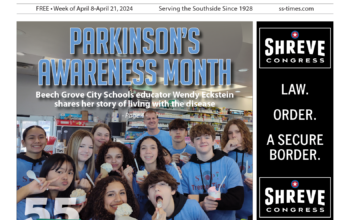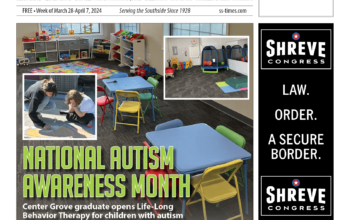By Rick Hinton
Al Hunter always has a few surprises up his sleeve. This trip to Gettysburg was no different. As the days rolled into the next – and much too quickly – Al produced a few behind-the-scenes views that enhanced the battlefield experience:

- A visit to sculptor Gary Casteel’s workshop. Casteel is responsible for the bronze-casted General James Longstreet Memorial. Seven years in the making, it now resides in the tree line of West Confederate Avenue … close at hand where Pickett began his charge.
- Volunteer Barb Adams, who has taken upon herself preservation of the battlefield cannons and markers.
- Engineer and historian Dean Schultz and Neill (Lost) Avenue, which resides on the top of a hill behind his property. This strip of history found more Union dead than Confederate and is pristine. With the exception of undergrowth and additional trees, it has not changed in appearance since that third day of battle in 1863.

- A visit with author and photo analyst Bill Frassanito at the Reliance Mine Saloon (a very well-hidden, almost secretive place) on a busy Friday night to sign my photo books. And to sign dozens of others in the crowd.
- Walking the tracks into the railroad cut on Seminary Ridge. The second most pristine – and like it was in the day – battlefield location. After the first day of battle, the bodies were stacked here like cord wood. Al told us that remnants still filter out of the dirt banks.

We did things collectively … and things apart. Laura and I – in full tourist mode – had our photo done, visited the Eisenhower farm (the only home Ike and Mamie ever owned) and toured the Seminary Ridge Museum (the Lutheran Theological Seminary in 1863), standing in the cupola General Buford used as an observation post that first day of battle.
A return to the Triangular Field as we gathered just above Devil’s Den one night produced a sense of uneasiness – much as it had in 2017 – only this time, only four of us entered the field. Cindy, Scott, Laura and I made our way deeper into the overgrowth as the night seemed to grow blacker. Cindy received impressions that arms and hands were reaching out to her from the ground. I felt eyes upon us. When Laura announced it was time to leave, we did.

A takeaway for Laura and myself was our walk across the field of Pickett’s Charge. We made our way west from Hancock Avenue and across Emmitsburg Road to the Virginia Memorial on West Confederate Avenue. We turned around and headed back east … the same direction that the 12,000 Confederate soldiers of Pickett’s Charge traveled as they slowly made their way across this field on the final day of battle, July 3, 1863.
We saw the same landmark they had seen – the Copse of Trees – which became their reference point as artillery shells rained down on them from the 7,000 Union soldiers on Cemetery Ridge. Then came close quarter fighting. Then it was over. The high-water mark for the Confederacy was the climactic moment at this grouping of trees. They almost made it! On our walk, as we made our way towards those trees, I could almost “feel” that day; the heat, the dip and rise of the field, feet moving in cadence. I imagined the noise of artillery and musket fire. I imagined death and destruction … right where we were walking.

It’s those experiences at Gettysburg that hit the hardest, and why I will continue to return.

